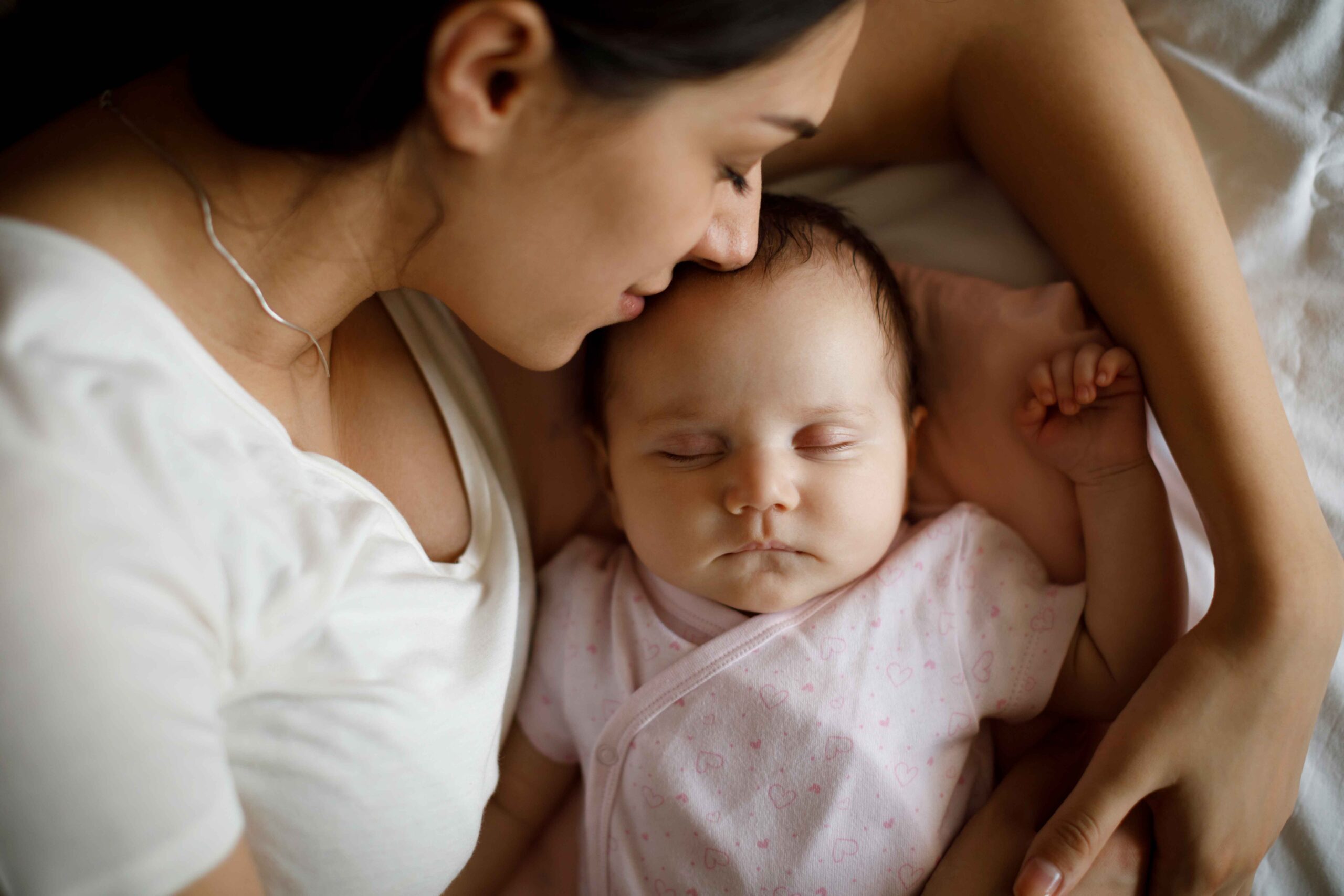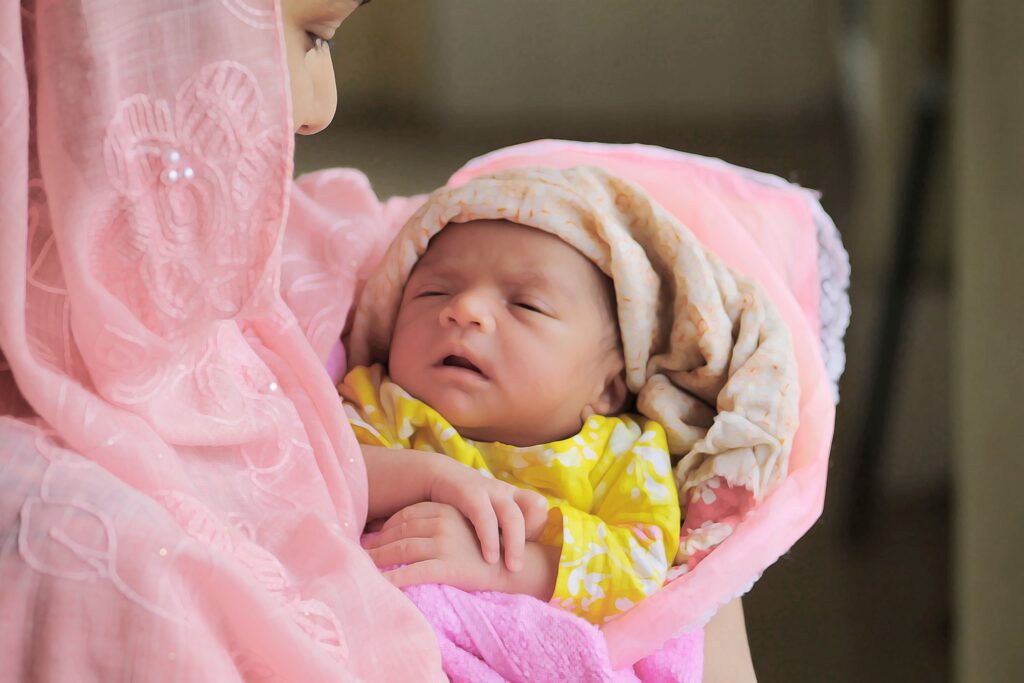Baby Sleep 101: The basics of baby sleep

Baby Sleep 101: The basics of baby sleep It is only after we become parents that we realize what a
Should I put my baby down “drowsy but awake”?

Should I put my baby down “drowsy but awake”? The short answer: NO. The idea that one should put baby
